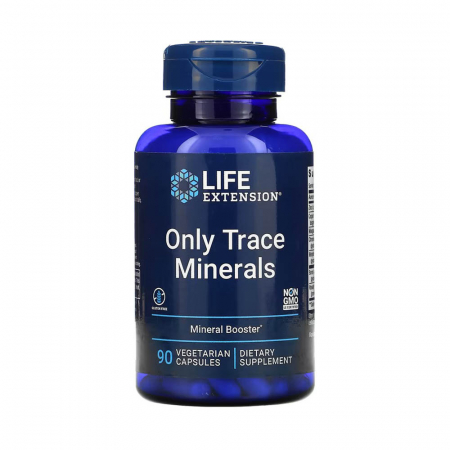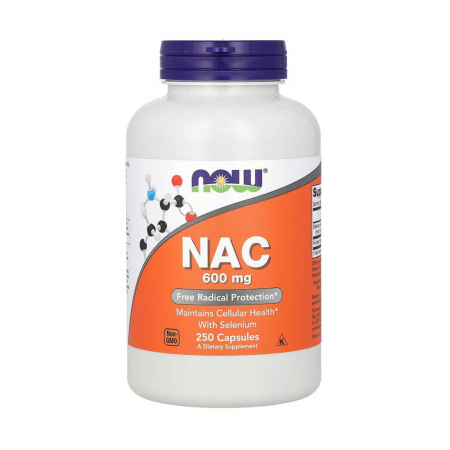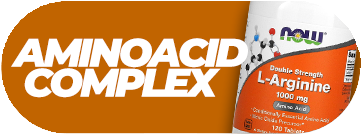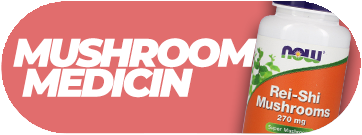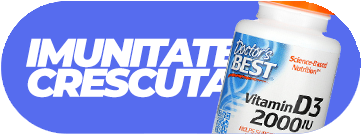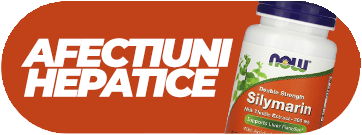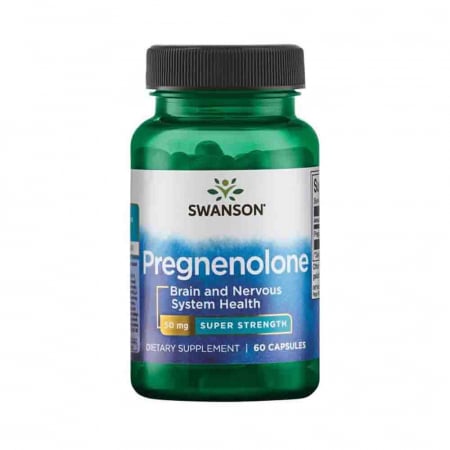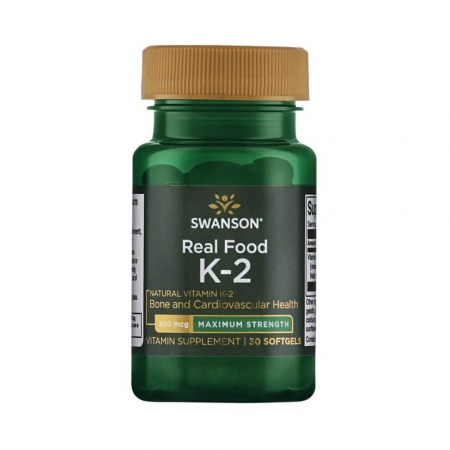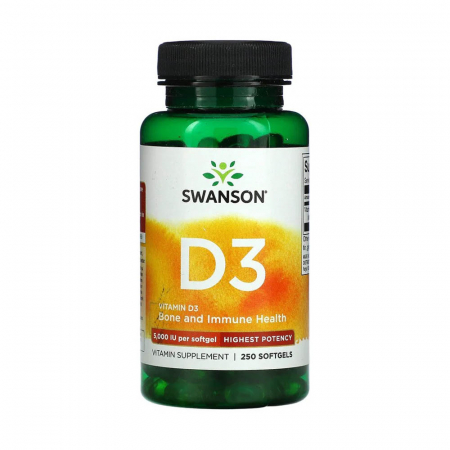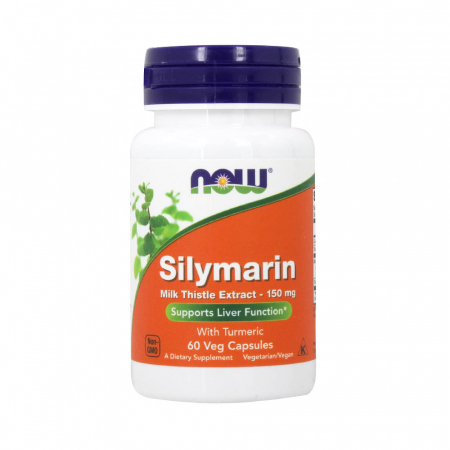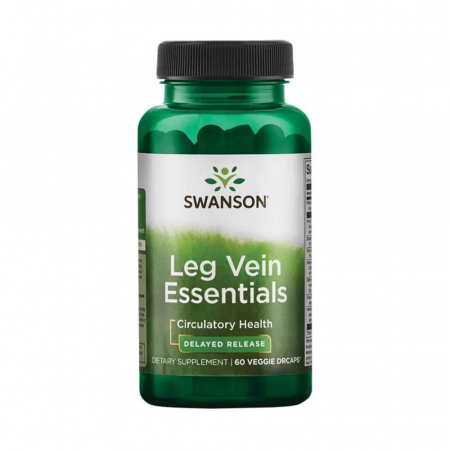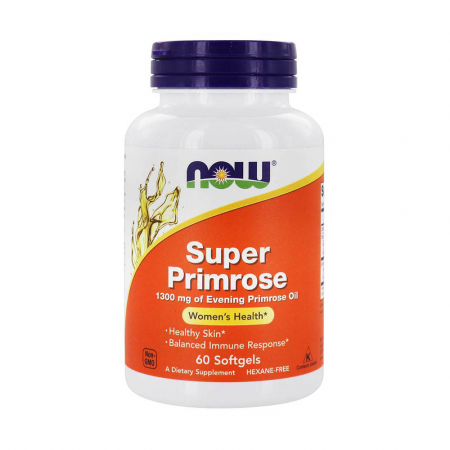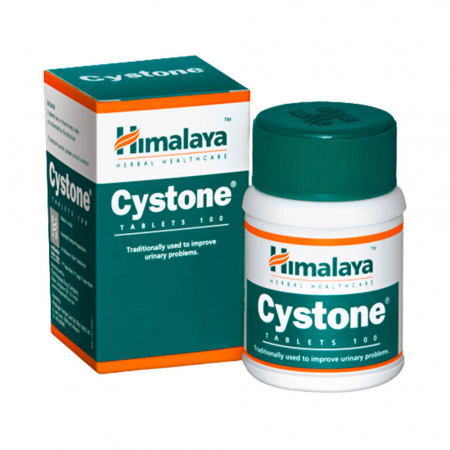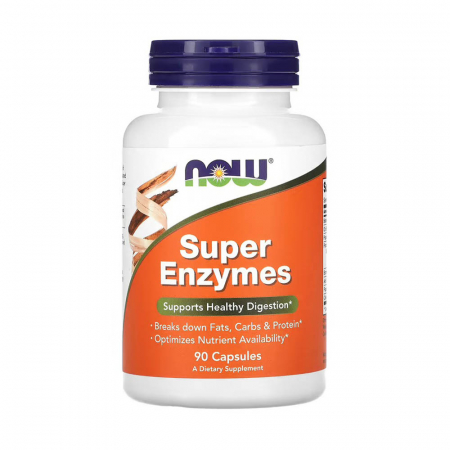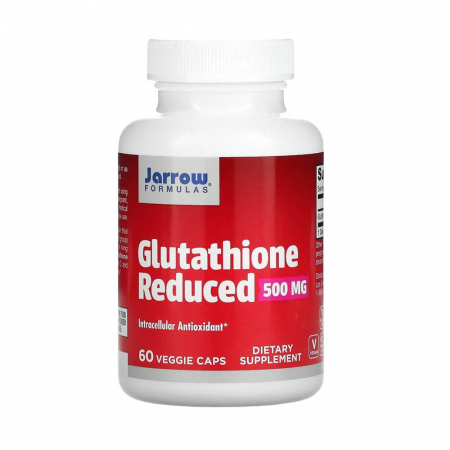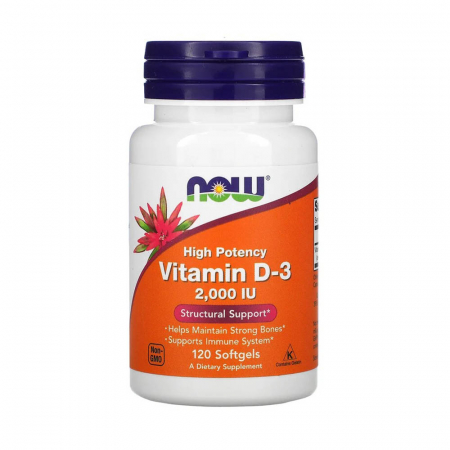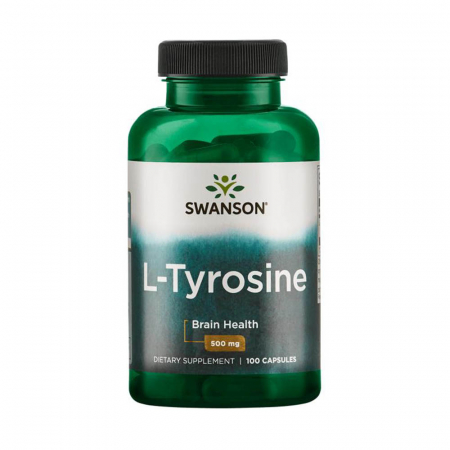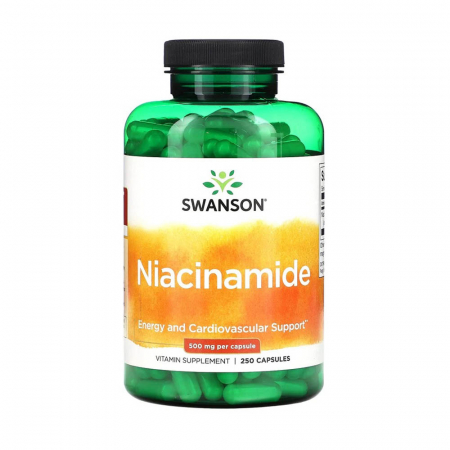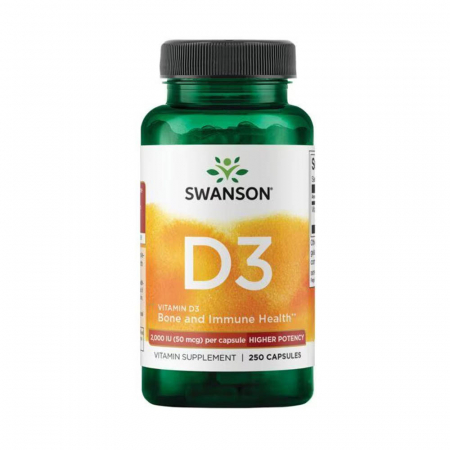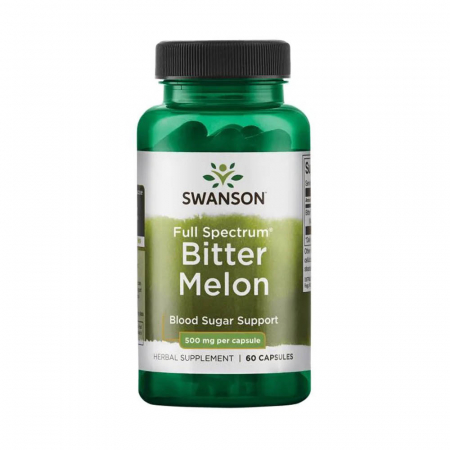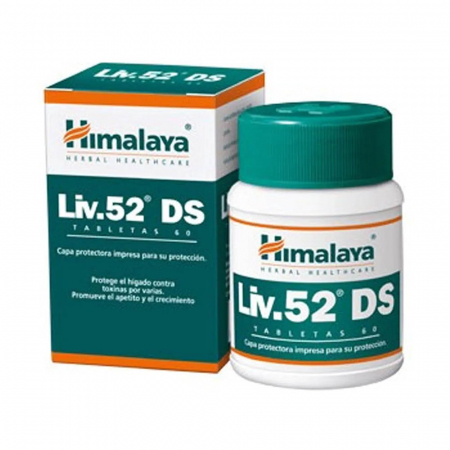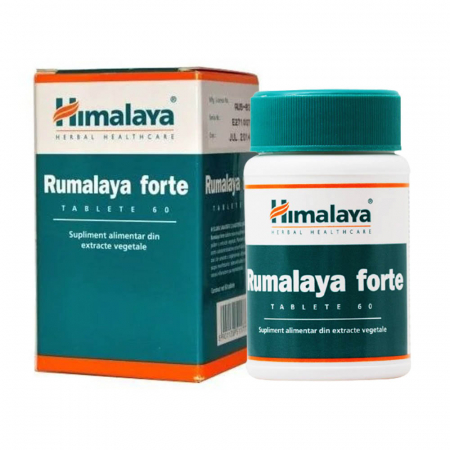- Home /
- Supplements from A to Z /
- Molybdenum
Molybdenum
Molybdenum
- Acai
- Acerola
- Acetyl L-Carnitine
- Caprylic Acid
- Folic Acid
- CLA (Conjugated Linoleic Acid)
- Agaricus Mushroom
- Alfalfa
- Alpha GPC
- Andrographis
- Artichoke
- Astragalus
- Bacopa Monnieri
- Bamboo
- Berberine
- Bergamot
- Beta-Glucans
- Beta-Sitosterol
- Betaine
- Biotin
- Black Cohosh
- Borage Oil
- Holy Basil (Tulsi)
- Butcher's Broom
- Calcium D-Glucarate
- Activated Charcoal
- Carnosine
- Shark Cartilage
- Cascara Sagrada
- Cayenne
- Chaga Mushroom
- Cumin
- Chlorella
- Citicoline
- Chlorophyll
- Black Currant
- Turkey Tail Mushroom
- Lion's Mane Mushroom
- Coleus Forskohlii
- Choline
- Colostrum
- Cordyceps
- Chromium
- D-Mannose
- Damiana
- 7-Keto DHEA
- DIM
- DMG
- Dong Quai
- Brewer's Yeast
- Red Yeast Rice
- Echinacea
- Bilberry Extract
- Fennel
- Phenylalanine
- Feverfew
- Passion Flower
- Phosphatidylserine
- Fructo-Oligosaccharides
- Olive Leaf
- Garcinia
- Devil's Claw
- Cat's Claw
- Ginger
- Ginkgo Biloba
- American Ginseng
- Eleuthero
- Glucomannan (Konjac)
- Goldenseal
- Gotu Kola
- Grapeseed
- Graviola
- Guarana
- Gymnema Sylvestre
- Hops
- Hesperidin
- Horny Goat (Epimedium)
- Indole-3-Carbinol
- Inositol
- Inulin
- Isoflavones
- Kudzu
- Lactoferrin
- Royal Jelly
- Licorice
- Lemon Balm
- Lithium
- Maca
- Rose Hips
- Maitake Mushroom
- Mint
- Peppermint
- Cranberry
- Molybdenum
- Moringa
- Muira Puama
- Chamomile
- Niacin And Niacinamide (Vitamin B3)
- Noni
- Ornithine
- Hawthorn
- Panax Ginseng
- Dandelion
- Papaya (Enzymes)
- Bitter Melon
- Black Pepper (Bioperine)
- Pyridoxine (Vitamin B6)
- Potassium
- Pregnenolone
- Proline
- Propolis
- Pygeum
- Pyrroloquinoline Quinone (PQQ)
- Reishi Mushroom
- Rhodiola
- Riboflavin (Vitamin B2)
- Ribose
- Lemon Balm
- Rosemary
- Rutin (Vitamin P)
- SAMe
- Sarsaparilla
- Fenugreek
- Pine Bark (Pycnogenol)
- Cinnamon
- Serrapeptase
- Shiitake Mushroom
- Silica
- Elderberry
- Saffron
- Spirulina
- Plant Sterols
- Strontium
- Sulforaphane (broccoli)
- St. John's Wort
- Theanine
- Thiamine (Vitamin B1)
- Tocotrienols
- Tribulus
- Red Clover
- Coconut Oil
- Slippery Elm
- Garlic
- Uva Ursi
- Vinpocetine
- Vitamin B12
- Wormwood (Artemisia)
- Yucca
Quantity
Status stoc
Certifications and Diet
Manufacturers
Price
Rating
Cele mai populare
NAC N-Acetyl L-Cysteine 600 mg, Selenium, Molybdenum, Doctor's Best, 60 capsule
Newest
NAC N-Acetyl L-Cysteine 600 mg, Selenium, Molybdenum, Doctor's Best, 60 capsule
Display: 1-4 from 4 products
FiltersNAC, N-Acetyl Cysteine 600 mg with Selenium, Now Foods, 250 capsule
NAC N-Acetyl L-Cysteine 600 mg, Selenium, Molybdenum, Doctor's Best, 60 capsule
Albion Chelated Molybdenum (Molibden), 400 mcg, Swanson, 60 capsule SWU838
What is molybdenum?
Molybdenum is an essential element, a co-factor for several enzymes. It is stored mainly in the liver, kidneys, spleen, lungs, brain and muscles. Molybdenum is a part of several enzyme systems. These enzymes are responsible for the decomposition of xanthine, hypoxanthine and sulfite. They also break down and remove many harmful compounds. The body's ability to store molybdenum varies depending on intake. It is affected by the amount of copper and sulfate in the diet.
Since the body needs this element only in small quantities and it is abundant in many foods, molybdenum deficiency is rare. For this reason, people usually do not need supplements, except in certain medical situations.
Molybdenum - role and benefits
Molybdenum is an essential mineral found in high concentrations in legumes, cereals and organs. It activates enzymes that help break down harmful sulfites and prevent the accumulation of toxins in the body. Situations where people get too much or too little of this mineral are extremely rare, and both have been linked to serious adverse effects.
Because molybdenum is found in many common foods, the average daily intake usually exceeds the requirements. As long as you eat a healthy diet with a variety of natural foods, then molybdenum is not a nutrient to worry about.
Molybdenum is vital for many processes in the body. After it reaches the body, it is absorbed into the blood from the stomach and intestine, then it is transported to the liver, kidneys and other areas. Part of this mineral is stored in the liver and kidneys, but most of it is transformed into a co-factor of molybdenum. Any excess molybdenum is then eliminated through the urine.
Molybdenum and enzymatic processes
It activates four essential enzymes, which are biological molecules that conduct chemical reactions in the body:
- Sulfite oxidase: transforms sulfite into sulfate, preventing the accumulation of dangerous sulfites in the body;
- Aldehyde oxidase: breaks down aldehydes, which can be toxic to the body (it also helps the liver break down alcohol and some drugs, such as those used in cancer therapy);
- Xanthine oxidizes: transforms xanthine into uric acid (this reaction helps to break down nucleotides, the DNA blocks, when they are no longer needed and they can then be excreted in the urine);
- Mitochondrial amidoxime reducing component (mARC): The function of this enzyme is not fully understood, but it is believed to remove toxic byproducts of metabolism.
PRODUCT CATEGORIES
CATEGORIES OF DISEASES
Latest Reviews Added:
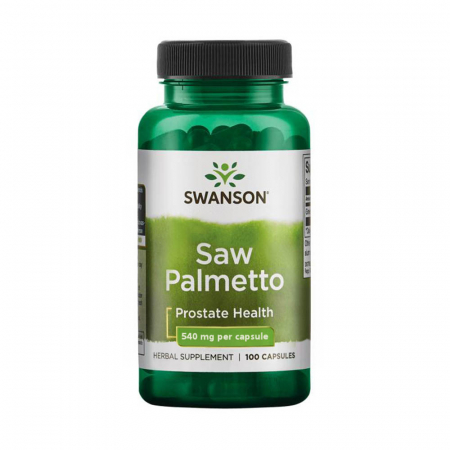
Marius-Octavian Blidaru,

Mihai Petrescu,
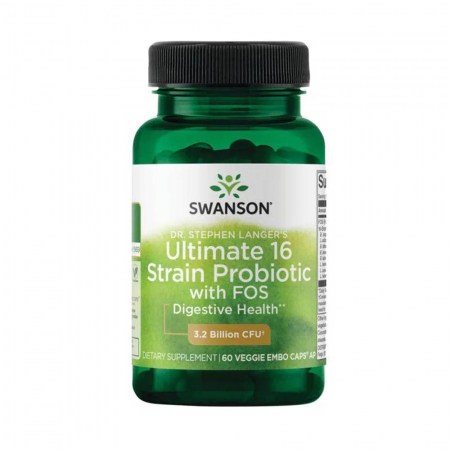
Ultimate 16 Strain Probiotic With FOS, 3.2 Billion CFU, Swanson, 60 capsules SWA051
Rania Kauis,
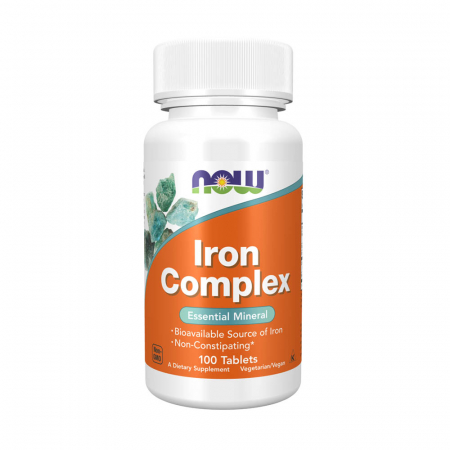
Mihaela Vlad,

Florica Brancoveanu,
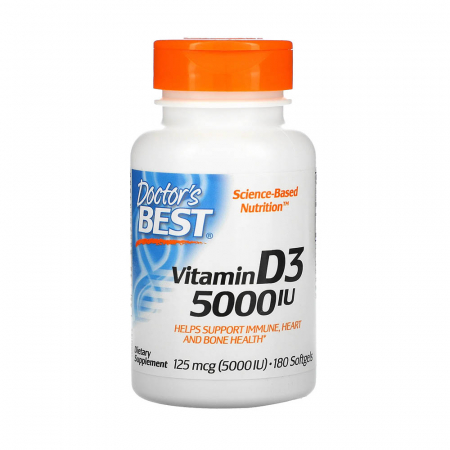
Adriana Todea,
Latest viewed products
Newsletter Don't miss our offers and promotions

